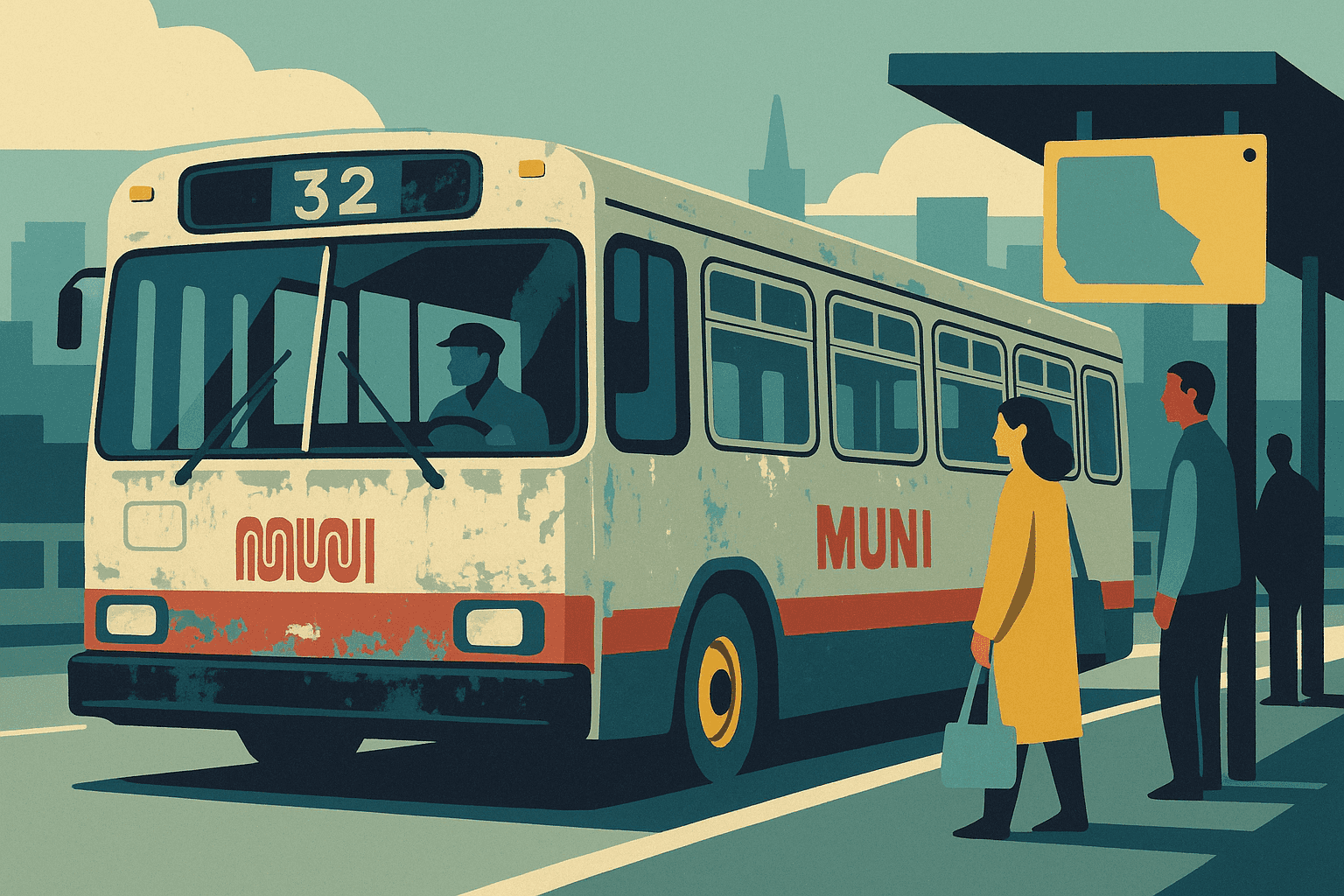SFMTA Hits Fiscal Cliff, Orders System-Wide Cuts
Published September 04, 2025

The Facts
San Francisco's transportation agency directed all divisions to cut 5-7% of their budgets on Tuesday, reports Rachel Swan at The Chronicle, as the agency faces a $322 million deficit starting next year. Chief Financial Officer Bree Mawhorter warned staff that the cuts will affect station cleanliness, bus maintenance, and repair timelines.
The cuts come as COVID emergency funding expires. Even if planned regional and local ballot measures pass, the revenue won't arrive until fiscal year 2027—too late for the immediate crisis. Worse, the projected income would still leave SFMTA with a $100 million shortfall.
The Context
This fiscal cliff represents years of financial mismanagement. The agency already eliminated 500 positions this year and reduced service on multiple bus lines to save $7 million. Mawhorter admitted in March, "we have squeezed the fruit quite a lot—there really isn't a lot of juice left."
While SFMTA promises to preserve basic service levels, quality will deteriorate. Tire rotations may stretch from every three months to six, and broken signs and bus shelters will take longer to repair. This crisis unfolds as Mayor Lurie pushes for density increases near transit, but residents may soon find unreliable, poorly maintained buses serving new developments.
The GrowSF Take
The city deserves credit for beginning to right-size its operations—SFMTA's elimination of 500 positions shows leaders recognize fiscal reality. But these cuts aren't enough to solve the structural deficit. Rather than immediately reaching for tax increases, San Francisco should accelerate downsizing across all departments. GrowSF polling shows voters strongly prefer cutting city hall over raising taxes, and for good reason: administrative bloat diverts resources from core services like transit.
SFMTA should continue exploring reforms while exploring performance-based revenue sources like congestion pricing. This crisis demands cuts and accountability measures that tie future funding to measurable service improvements. San Franciscans will support transit investments, but the city must prove it can operate efficiently.